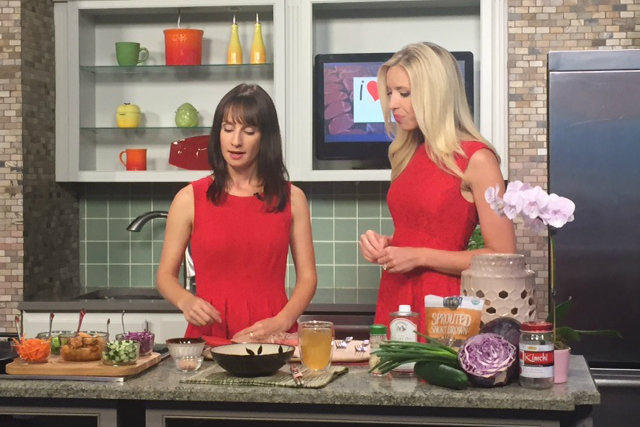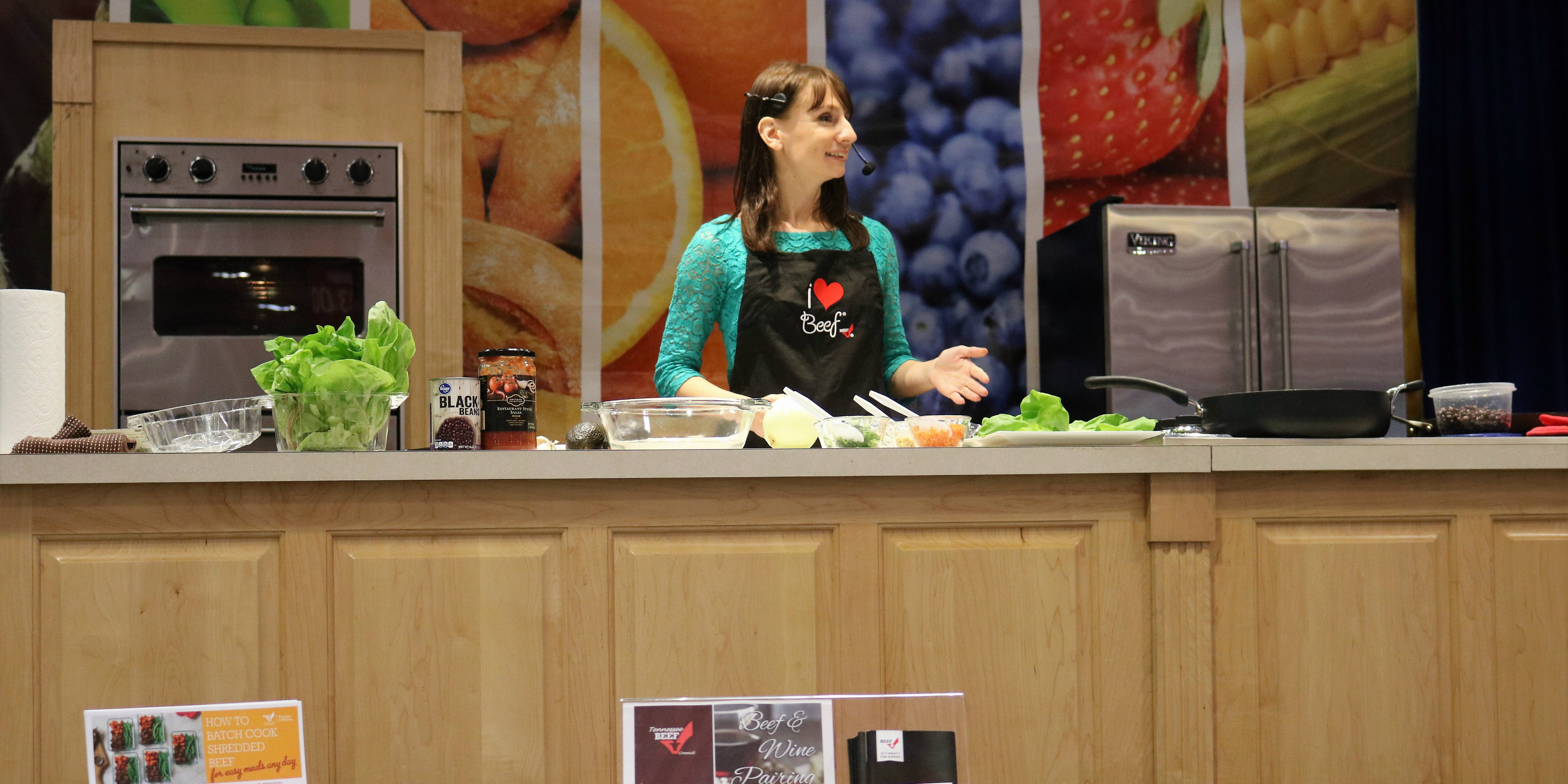Putting Old Ideas Out to Pasture. Dietitians Embrace Change in an Ever-evolving Industry.


James M. Loy, Miami University
A lot has changed in recent decades. Ask almost anyone old enough and they could likely enumerate a long list of innovations and transformations. Most, however, probably wouldn’t count beef among them.
But Karman Meyer would.
 Meyer is the director of communications for the Tennessee Beef Industry Council. She is also a Registered Dietitian and a graduate of Miami University’s dietetics program, where she spent years studying nutritional trends, eating habits, foodservice systems, and breakthroughs in food science.
Meyer is the director of communications for the Tennessee Beef Industry Council. She is also a Registered Dietitian and a graduate of Miami University’s dietetics program, where she spent years studying nutritional trends, eating habits, foodservice systems, and breakthroughs in food science.
Today, beef is no longer so dramatically correlated with heart disease. Nor are the fats it contains so universally derided as the killers they once were. In fact, 50% of the fat in beef is the same healthy fat that is found in foods such as avocado and olive oil. So things are different now. And it’s due in large part to a number of changes and advancements across the cattle industry.
As someone who oversees communications for a non-profit agricultural organization, Meyer’s goal is to increase the awareness of these new trends. She is also responsible for providing wider access to the relevant and accurate information that can help everyone live healthier lives.
Because, just like the beef industry, the health and wellness industries are also changing. Meyer’s role, which exists at the nexus of health communication and dietetic education, signifies a key way in which dietitians and nutritionists are expanding beyond the clinical setting.
 “The opportunities continue to grow for Registered Dietitians,” Meyer says. “More and more brands and companies are understanding that they have to talk about nutrition and wellness in
“The opportunities continue to grow for Registered Dietitians,” Meyer says. “More and more brands and companies are understanding that they have to talk about nutrition and wellness in
This craving for knowledge has been recently championed throughout the growing “farm to fork” and “pasture to plate” movements. Both of which promote the
For Meyer -- who also routinely hosts tours of local farms -- it’s mostly about understanding where our food actually comes from.
“There are so many of the documentaries out there (and I use that term loosely) about farming practices, and it is distorting the
This is food these
 Stories like these are helping to transform our perceptions and opinions of an industry that is well acquainted with change. After all, we’ve already seen expert opinion sway heavily in favor of certain fats. Eggs and potatoes have received similar reprieves. The benefits of coffee also continually ebb and flow. And now it seems beef is joining this growing panoply.
Stories like these are helping to transform our perceptions and opinions of an industry that is well acquainted with change. After all, we’ve already seen expert opinion sway heavily in favor of certain fats. Eggs and potatoes have received similar reprieves. The benefits of coffee also continually ebb and flow. And now it seems beef is joining this growing panoply.
To some, this kind of nutritional “whiplash” can be daunting or even frustrating. “People want to be told don’t eat this, ever,” says Meyer. “But it doesn’t work like that. It’s not so black and white.”
Instead, a healthy diet should always be more about finding a nutritious equilibrium.
“It’s about balancing your entire plate with whole grains, fruits, vegetables,
And that, at least, is something that will not likely change anytime soon.

